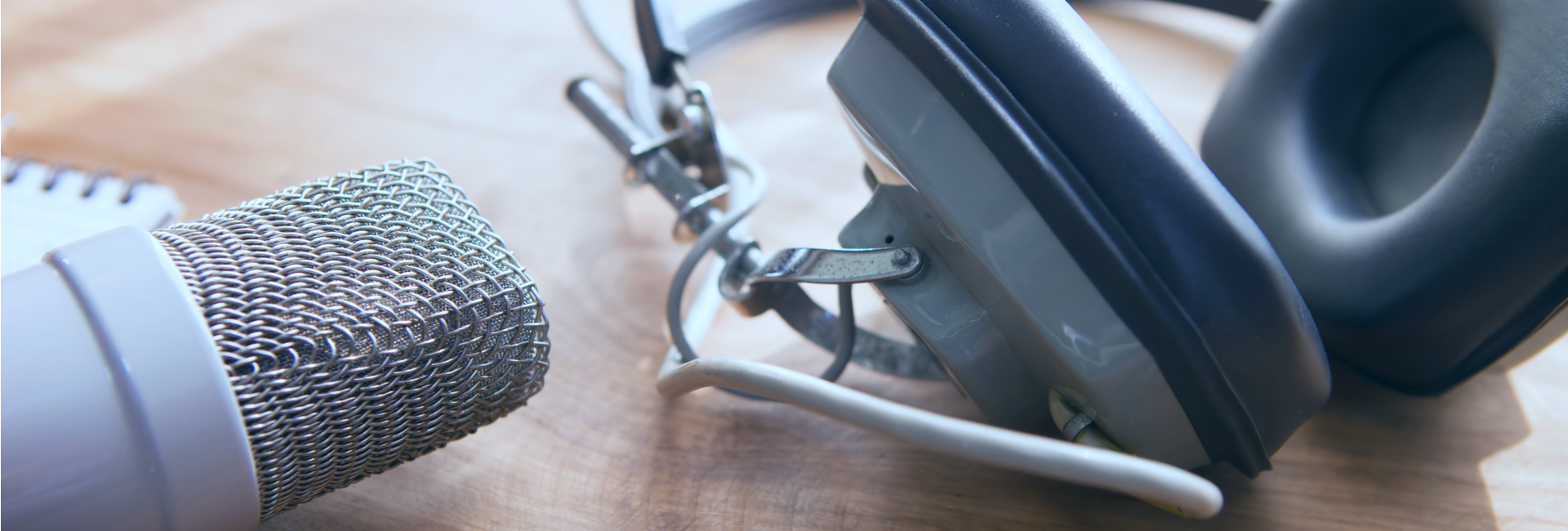Episode 127 | Just Quick Screening Methods for Firearm Discharge Residues
In this episode of the 2020 R&D Season, Just Science interviews Dr. Tatiana Trejos, Assistant Professor of the Department of Forensic and Investigative Sciences at West Virginia University, about the rapid detection of organic and inorganic gunshot residue. Speed and accuracy are vital when it comes to the analysis of gunshot residue. Dr. Trejos and her team are working on a comprehensive method for studying both organic and inorganic gunshot residue utilizing laser-induced breakdown spectroscopy. This method focuses on providing accurate results, reducing wait time, and preserving the evidence. Listen along as she discusses chemometrics and a novel tool for analyzing organic and inorganic gunshot residue in this episode of Just Science.
This episode of Just Science is funded by the National Institute of Justice’s Forensic Technology Center of Excellence [Award 2016-MU-BX-K110].
You can also find us on Stitcher or Soundcloud
Dr. Tatiana Trejos is an Assistant Professor of the Department of Forensic and Investigative Sciences at West Virginia University. Dr. Trejos teaches forensic chemistry and research design courses at the undergraduate and graduate levels. Dr. Trejos’ primary research interest includes the application of chemometrics to evidence interpretation and the discovery of chemical signatures of forensic materials by spectroscopic methods, such as SEM-EDS, ICP-MS, Laser Ablation ICP-MS, u-XRF, and Laser-Induced Breakdown Spectroscopy. Dr. Trejos’ recent research focuses on the analysis of trace evidence materials, inks, and gunshot residues. Tatiana Trejos has authored over 35 peer-reviewed scientific publications and book chapters in the field of forensic chemistry and has presented over 140 oral presentations and posters at scientific meetings worldwide. Dr. Trejos is the recipient of the prestigious science and technology award “Clodomiro Picado Twight” from the Costa Rican National Academy of Sciences (2015). Tatiana has contributed to different scientific working groups, including the EU-funded NITECRIME group, the NIJ-funded Elemental Analysis Working Group (EAGW), and the NIJ-funded Glass Interpretation Working Group. One of the most relevant achievements of these professional groups is the development of technically sound and consensus-based standards to improve forensic practice (e.g., American Society of Testing Materials (ASTM) standard methods). Tatiana was appointed by NIST to serve as a member of the Materials (Trace) Subcommittee within the Organization of Scientific Area Committees (OSAC), where she currently serves as chair of the Glass Task Group, and member of the Interpretation, Research, and Physical Fit Groups.


